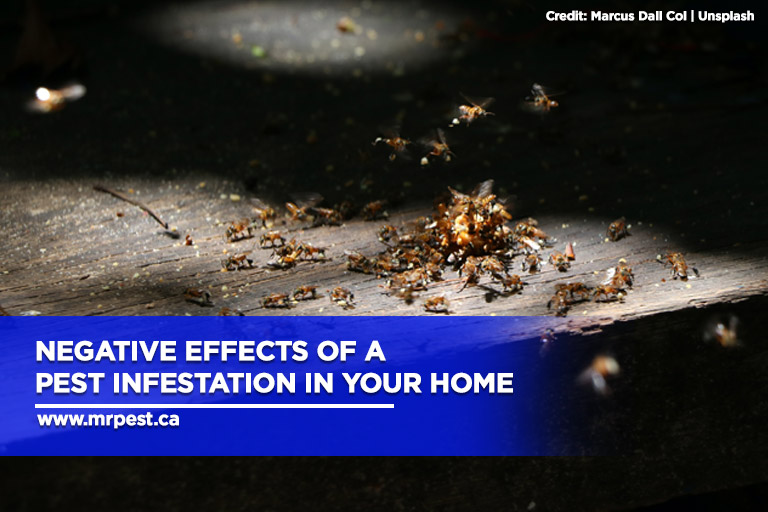Eco Bed Bug Exterminators Dc Fundamentals Explained
Eco Bed Bug Exterminators Dc Fundamentals Explained
Blog Article
10 Easy Facts About Eco Bed Bug Exterminators Dc Described
Table of ContentsThe Main Principles Of Eco Bed Bug Exterminators Dc Eco Bed Bug Exterminators Dc Fundamentals ExplainedIndicators on Eco Bed Bug Exterminators Dc You Should KnowLittle Known Questions About Eco Bed Bug Exterminators Dc.The Definitive Guide to Eco Bed Bug Exterminators Dc
Because chemicals are poisonous, they are additionally possibly dangerous to humans, animals, various other organisms, and the environment. Therefore, people that utilize pesticides or frequently can be found in call with them should recognize the loved one toxicity, possible wellness effects, and preventative procedures to reduce exposure to the items they utilize. Threat, or risk, of utilizing chemicals is the possibility for injury, or the level of threat associated with making use of a chemical under a given set of problems.
Applicators can minimize or nearly get rid of direct exposure-- and thus reduce threat-- by following the tag guidelines, making use of personal safety clothes and equipment (PPE), and handling the chemical appropriately. For example, greater than 95 percent of all pesticide exposures come from facial exposure, mainly to the hands and lower arms. By using a set of unlined, chemical-resistant gloves, this sort of exposure can be nearly eliminated.
The damaging results that happen from a single direct exposure by any type of route of entrance are described "acute results." The four routes of direct exposure are dermal (skin), inhalation (lungs), dental (mouth), and the eyes. Severe poisoning is identified by analyzing the facial toxicity, inhalation toxicity, and dental poisoning of guinea pig.
The smart Trick of Eco Bed Bug Exterminators Dc That Nobody is Talking About
Intense toxicity is determined as the amount or concentration of a toxicant-- the a.i.-- called for to kill half of the animals in a test populace. This measure is normally revealed as the LD50 (lethal dose 50) or the LC50 (deadly concentration 50). Additionally, the LD50 and LC50 values are based on a single dosage and are taped in milligrams of chemical per kg of body weight (mg/kg) of the test animal or partially per million (ppm).
The lower the LD50 or LC50 worth of a pesticide item, the better its poisoning to human beings and pets. Pesticides with a high LD50 are the least harmful to human beings if utilized according to the instructions on the product label. The persistent poisoning of a chemical is established by subjecting guinea pig to long-lasting exposure to the active ingredient.
The persistent poisoning of a pesticide is much more challenging than acute poisoning to establish with lab analysis. Products are categorized on the basis of their relative acute toxicity (their LD50 or LC50 worths). Chemicals that are categorized as highly harmful (Toxicity Classification I) on the basis of either dental, dermal, or breathing poisoning need to have the signal words risk and poisonous substance printed in red with a head and crossbones sign plainly displayed on the front panel Visit Your URL of the plan tag.
The intense (single dose) dental LD50 for chemical products in this team ranges from a trace amount to 50 mg/kg. Direct exposure of a couple of drops of a product taken orally can be deadly to a 150-pound individual. https://www.cheaperseeker.com/u/ecobedbug3xt. Some chemical products have simply the signal word threat, which informs you nothing about the intense poisoning, simply that the item can cause severe eye damages or serious skin irritability
A Biased View of Eco Bed Bug Exterminators Dc
In this group, the acute dental LD50 arrays from 50 to 500 mg/kg. A teaspoon to an ounce of this product could be deadly to a 150-pound person (bed bug spray). Pesticide items classified as either slightly harmful or reasonably safe (Toxicity Groups III and IV) are needed to have the signal word CAUTION on the chemical label

All pesticide toxicity chemical, including the Consisting of, can be found on the product's Item Safety Product Sheet InformationMSDS). Chemical labels and MSDS can be obtained from stores or produces - https://www.pubpub.org/user/christopher-savage. The signs of chemical poisoning can range from a moderate skin inflammation to coma or even death.
Individuals also vary in their sensitivity to different levels of these chemicals. Some individuals might reveal no reaction to a direct exposure that might create severe health problem in others (bed bug heat treatment). Since of prospective health concerns, pesticide customers and handlers must recognize the common symptoms and signs of pesticide poisoning. The impacts, or signs and symptoms, of pesticide poisoning can be generally specified as either topical or systemic.
Eco Bed Bug Exterminators Dc Fundamentals Explained
Dermatitis, or swelling of the skin, is approved as the most frequently reported topical result connected with pesticide exposure. Some people have a tendency to cough, wheeze, or sneeze when revealed to pesticide sprays.
This symptom usually subsides within a couple of minutes after an individual is removed from the direct exposure to the toxic irritant. Nonetheless, a reaction to a pesticide item that triggers somebody not just to sneeze and cough yet likewise to develop serious intense respiratory signs is more probable to be a real hypersensitivity or allergic response.
Systemic results are fairly different from topical results. They frequently take place away from the initial factor of call as an outcome of the pesticide being soaked up into and distributed throughout the body. Systemic effects typically include nausea, throwing up, tiredness, migraine, and intestinal disorders. In advanced poisoning situations, the individual might experience changes in heart price, problem breathing, convulsions, and coma, which can cause fatality.
Report this page